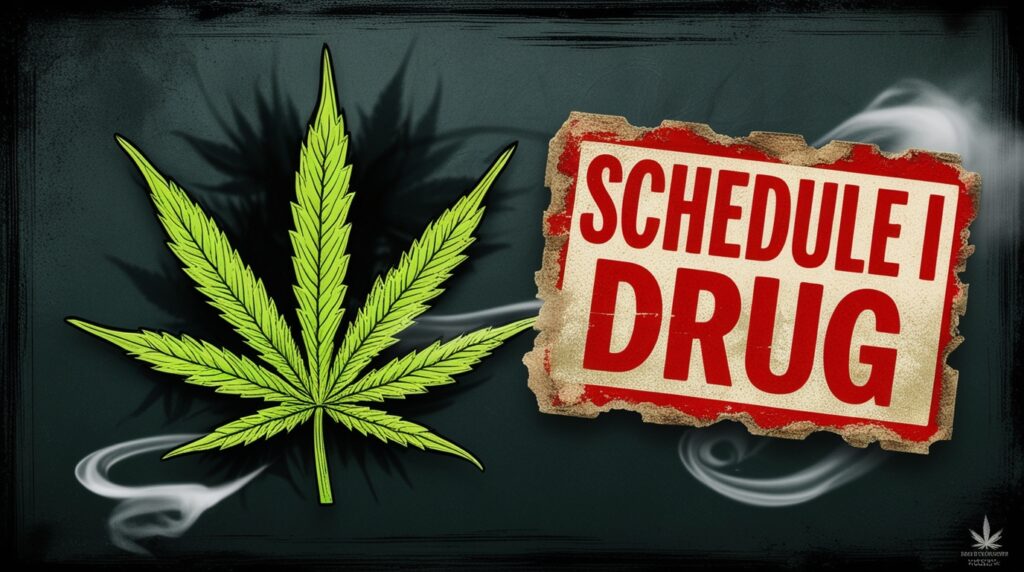How the DOT Testing Program Works

How the DOT Testing Program Works
The DOT drug and alcohol testing program is set up to keep risks off the road. It isn’t random guesswork — it’s a structured system that spells out when testing happens, what substances are tested, and how federal law applies no matter where you live.
When Testing Happens
Testing is required at several points in your career:
- Pre-employment: You have to pass a drug test before you can start driving for a new company.
- Random: Your name can be pulled anytime during the year, with no warning.
- Post-accident: After certain crashes, you’ll be tested to see if drugs or alcohol were a factor.
- Reasonable suspicion: If your supervisor sees signs you might be under the influence, they can send you for a test.
- Return-to-duty & follow-up: If you’ve had a violation, you must test clean before coming back to work, and you’ll face more follow-up tests after that.
More on Random Testing
If you work in a DOT-regulated job—whether driving a truck, flying a plane, or operating transit—you’re part of a testing pool. Names are drawn at random with no warning. Any day could be your testing day, no matter how long you’ve been on the job.
For commercial drivers under FMCSA, employers must test at least 50% of drivers for drugs and 10% for alcohol every single year. That’s half the workforce, chosen with no pattern—so “odds are in my favor” isn’t a strategy.
Other agencies (like FAA or FTA) set their own percentages, which may be higher or lower. We’ll get into those differences later in Chapter 15.
The Five-Panel Test
DOT requires what’s called a “five-panel” drug test. It’s called that because it screens for five major categories of drugs. But in practice, each category includes multiple substances. For example, “opioids” doesn’t just mean heroin — it also covers prescription medications like oxycodone, hydrocodone, and others.
Here’s what’s included in the five-panel drug test:
- Marijuana (THC)
- Cocaine
- Opioids (morphine, codeine, heroin, oxycodone, hydrocodone, oxymorphone, hydromorphone)
- Amphetamines and methamphetamines (Adderall, methamphetamine, MDMA)
- Phencyclidine (PCP)
Federal vs. State Law
One of the most important parts of the program is that it is federal. That means the rules are the same in every state. State laws about marijuana or other controlled substances do not change DOT’s requirements. Even in states where cannabis is legal, its classification as a Schedule I drug under federal law means a positive test is still a violation.
Key Takeaway
The DOT program is strict, detailed, and consistent nationwide. It spells out when testing happens, screens for the major drugs of concern, and enforces federal law above state law.
